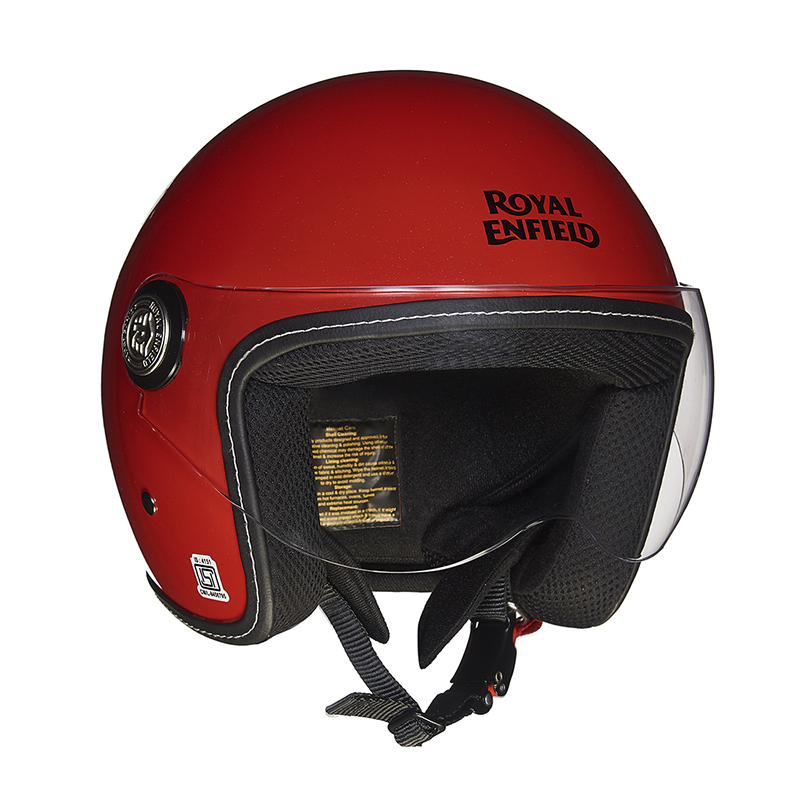Flatbed truckers are tasked with hauling all kinds of unusual shipments. When that shipment can’t feasibly be broken down for transport by multiple trucks, drivers may even need to haul oversized loads. Truck drivers who are about to take on one of these challenging assignments for the first time can read on to find out about industry best practices and get some tips for hauling oversized loads.
Take Safety Seriously
All truck drivers need to take safety on the road seriously, but none more so than truckers hauling heavy loads. In cases like this, prioritizing safety doesn’t just apply to what happens behind the wheel. Truckers also need to be well-prepared with a well-maintained rig and all of the right equipment, know the route, pay attention to other cars on the road, including the pilot cars, and drive defensively. Let’s take a look at how all of these factors and others can come into play.
Proper Maintenance
Oversized, and particularly overweight, loads put a lot of strain on vehicles, so it’s important for drivers or fleet managers to make sure the vehicle is up to date on proactive maintenance. Make sure the truck has been serviced recently and that there are spare parts and gear available to the driver either in the truck or in one of the pilot cars.
Not all preventative maintenance occurs before the flatbed picks up its load. Drivers also need to be prepared to take exceptionally good care of their trucks while on the road. That means monitoring and topping up fluids and checking tires at every stop.
Truckers also need to know who to call should something go wrong that can’t be fixed without professional help. There are few things worse than spending hours broken down on the side of a busy road with an oversized load. Even if the truck is in perfect shape, drivers should know who to call should a worst-case scenario occur.
Knowledge of the Route
Most drivers don’t have to plan routes for hauling oversized loads themselves. Because there are many roads that restrict vehicle weight or size and must be avoided, some of which are part of the nation’s interstate system, the task is usually left to professional route surveyors. These experts know how to identify not just the safest routes for oversized loads but also how to find the right break spots and fueling locations, which can have a dramatic impact on transportation costs since fuel prices and distances from the interstates can vary significantly.
Remember that effective route planning is not just about knowing which roads are approved for oversized loads. Issues like traffic, road work, and inclement weather conditions all need to be anticipated and planned for in advance if they can’t be avoided. Drivers also need to have a contingency plan in place that includes alternate routes should their intended ones become impassible for any reason.
Understanding of Local Laws
Every state has a different set of rules and regulations that go into determining what’s considered an oversized load, and there are many rules and regulations that apply to these vehicles that aren’t relevant to ordinary semis. Drivers and sponsors must abide by all of them at all times. Drivers should also be sure to keep their oversized load permits updated, as a failure to do so can wind up resulting in severe penalties and even license suspension.
Use of the Right Fastening Devices
Drivers need to know what types of fastening devices are appropriate for their trucks’ gear and the types of loads they will be hauling. Using the wrong combination of ropes, straps, binders, and friction mats is incredibly dangerous and could even e deadly if part or all of the load falls off the trailer during transport.
Choosing what securement tools to use is a driver’s responsibility, as is inspecting them regularly to make sure they’re in good working order and have not sustained any damage. All fastening devices should be checked both before and after a haul so that potential problems can be addressed and worn or failing fasteners can be replaced immediately.
Knowledge of Weather
Professional route surveyors always take anticipated weather conditions into account when determining the best routes, but conditions can change fast. Although the entire forecast should always be referenced and recorded before the drive begins, drivers still need to monitor local weather conditions and forecast changes. Whether they listen to the radio or check smartphone apps during breaks from driving, this essential step can’t be ignored.
Knowing the weather isn’t just about ensuring safety. Some types of oversized loads can’t be exposed to moisture, which means rainy, overcast, or foggy areas must be avoided. Even if the load is not moisture-sensitive, drivers should never haul oversized loads in extreme weather conditions. Unless it’s a major emergency, plan to pull over at a rest stop or another safe location to wait out the storm.
Defensive Driving
Defensive driving is an important skill for all truckers, but it’s especially important for those hauling oversized loads. Pay attention to other vehicles on the road and maintain a safe stopping distance from the preceding pilot car.
Keep in mind that defensive driving isn’t always synonymous with maintaining slower speeds, especially on major highways. The better solution is to drive the recommended speed limit but remain in lanes explicitly labeled for trucks and remember all of the local laws regarding the transport of oversized loads. Sometimes, there are lanes that drivers must use even if that means slowing down instead of passing another vehicle.
Planning is Everything
For truckers hauling oversized loads for the first time, the entire process can feel overwhelming. Planning every aspect of the trip effectively is the best way to make sure everything goes smoothly. Truckers should maintain an awareness not just of the intended route but also of the weather conditions, traffic patterns, local laws, and other drivers on the road. Should conditions become unsafe on a particular road, they should also have agreed-upon contingency plans in place.











